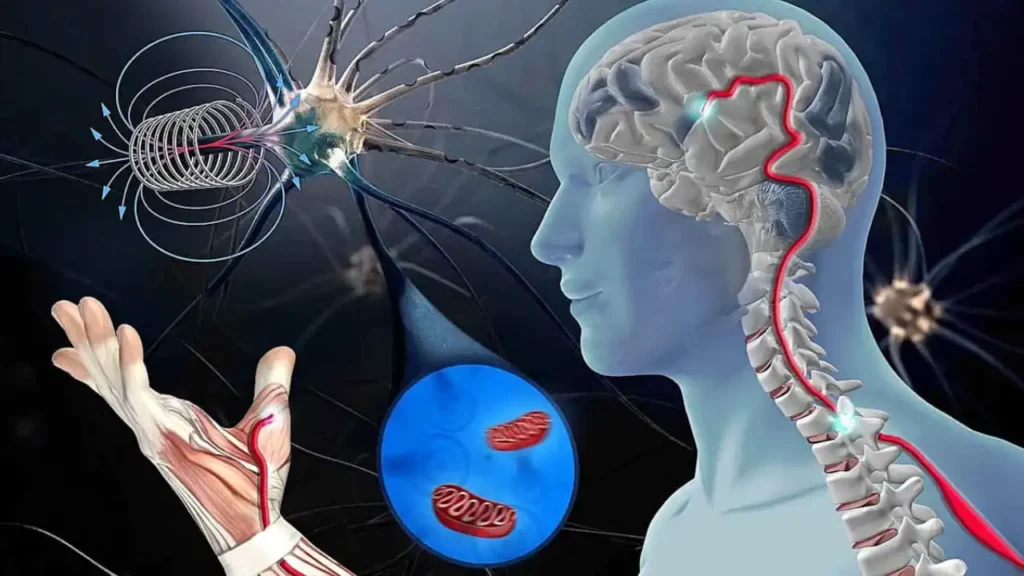
Navigating the ALS Journey: Unveiling Symptoms, Age Onset, and Supportive Strategies
Amyotrophic lateral sclerosis (ALS), commonly known as Lou Gehrig’s disease, is an uninvited guest in the lives of many, slowly but persistently altering the course of daily existence. In this guide, we’ll unravel the intricacies of ALS, exploring its symptoms, the age at which it tends to surface, and strategies to navigate the challenges it poses. Let’s embark on a journey to understand and humanize this complex condition.
The Symphony of Symptoms
ALS orchestrates its presence through a symphony of symptoms, each note signaling a gradual transformation within the body. Here are some key elements of this symphony:
- Muscle Weakness and Fatigue: The opening chords often manifest as weakness and fatigue, subtly encroaching upon the hands, arms, legs, or face. These initial whispers of the disease may be mistaken for normal fatigue, but they signal the beginning of a profound journey.
- Muscle Twitching (Fasciculations): Like gentle ripples beneath the surface, muscle twitching becomes a visible or palpable sign. These twitches, often dismissed as minor annoyances, can be the first brushstroke in the canvas of ALS, indicating early nerve cell damage.
- Slurred Speech (Dysarthria): The melody evolves as speech falters. Words may no longer flow effortlessly, replaced by the staccato of slurred speech. Communication, once taken for granted, becomes a conscious effort.
- Difficulty Swallowing (Dysphagia): The rhythm becomes disrupted with the onset of difficulty in swallowing. Choking, malnutrition, and dehydration become looming threats, urging individuals to reconsider the simplicity of a basic human function.
- Difficulty Breathing: In the later stages, the crescendo builds as the muscles responsible for breathing weaken. Breathing, an autonomic process for many, transforms into a conscious effort, sometimes requiring external assistance.
Age as a Factor: The Onset Spectrum
ALS, an unpredictable visitor, can knock on the door of anyone, at any age. However, statistics reveal that it most commonly announces its presence between the ages of 40 and 60. Yet, it’s essential to recognize its capacity to manifest in individuals both younger and older, although less frequently.
Precautionary Measures: Navigating the Unknown
As ALS often arrives unannounced and with no known cure, a sense of helplessness can be overwhelming. While the road to prevention remains elusive, there are potential precautionary measures that might offer a semblance of control:
- Maintain a Healthy Lifestyle: Embrace a balanced diet, engage in regular exercise, and prioritize adequate sleep. Though not definitive preventatives, these lifestyle choices contribute to overall well-being.
- Effective Stress Management: Chronic stress, known for its adverse impact on health, might be a contributor. Effectively managing stress through mindful practices could be a valuable strategy.
- Limit Environmental Toxins: Minimize exposure to environmental toxins, including heavy metals, pesticides, and specific chemicals. While not proven preventatives, reducing exposure aligns with a cautious approach.
Navigating the Journey: Strategies for Living with ALS
As ALS unfolds its narrative, individuals grappling with its presence can adopt strategies to navigate the challenges:
- Early Diagnosis and Treatment: Seek early intervention for symptom management, aiming to enhance the quality of life during the journey.
- Community Connection: Connect with support groups comprising individuals sharing similar experiences. The emotional support and shared knowledge can be invaluable.
- Stay Informed about Research: Keep abreast of ongoing research and potential treatment options. Knowledge empowers individuals to make informed decisions.
- Maintain Independence: Explore assistive technologies and adapt living environments to maximize independence. Speech-generating devices and modified spaces can play vital roles.
- Emotional Support: Acknowledge and address the emotional toll. Therapy or counseling can provide tools to effectively manage the complex emotions associated with living with a chronic illness.
Conclusion
In conclusion, ALS, a progressive force, crafts a unique narrative for each individual it touches. The strategies outlined above are general guidelines and may not universally apply. For personalized guidance and support, consulting healthcare professionals is paramount. As we unravel the layers of ALS, let empathy and understanding be our guiding lights on this intricate journey.



